I am implementing a statistical program and have created a performance bottleneck and was hoping that I could obtain some help from the community to possibly point me in the direction of optimization.
I am creating a set for each row in a file and finding the intersection of that set by comparing the set data of each row in the same file. I then use the size of that intersection to filter certain sets from the output. The problem is that I have a nested for loop (O(n2)) and the standard size of the files incoming into the program are just over 20,000 lines long. I have timed the algorithm and for under 500 lines it runs in about 20 minutes but for the big files it takes about 8 hours to finish.
I have 16GB of RAM at disposal and a significantly quick 4-core Intel i7 processor. I have noticed no significant difference in memory use by copying the list1 and using a second list for comparison instead of opening the file again(maybe this is because I have an SSD?). I thought the 'with open' mechanism reads/writes directly to the HDD which is slower but noticed no difference when using two lists. In fact, the program rarely uses more than 1GB of RAM during operation.
I am hoping that other people have used a certain datatype or maybe better understands multiprocessing in Python and that they might be able to help me speed things up. I appreciate any help and I hope my code isn't too poorly written.
import ast, sys, os, shutil
list1 = []
end = 0
filterValue = 3
# creates output file with filterValue appended to name
with open(arg2 + arg1 + "/filteredSets" + str(filterValue) , "w") as outfile:
with open(arg2 + arg1 + "/file", "r") as infile:
# create a list of sets of rows in file
for row in infile:
list1.append(set(ast.literal_eval(row)))
infile.seek(0)
for row in infile:
# if file only has one row, no comparisons need to be made
if not(len(list1) == 1):
# get the first set from the list and...
set1 = set(ast.literal_eval(row))
# ...find the intersection of every other set in the file
for i in range(0, len(list1)):
# don't compare the set with itself
if not(pos == i):
set2 = list1[i]
set3 = set1.intersection(set2)
# if the two sets have less than 3 items in common
if(len(set3) < filterValue):
# and you've reached the end of the file
if(i == len(list1)):
# append the row in outfile
outfile.write(row)
# increase position in infile
pos += 1
else:
break
else:
outfile.write(row)
Sample input would be a file with this format:
[userID1, userID2, userID3]
[userID5, userID3, userID9]
[userID10, userID2, userID3, userID1]
[userID8, userID20, userID11, userID1]
The output file if this were the input file would be:
[userID5, userID3, userID9]
[userID8, userID20, userID11, userID1]
...because the two sets removed contained three or more of the same user id's.
